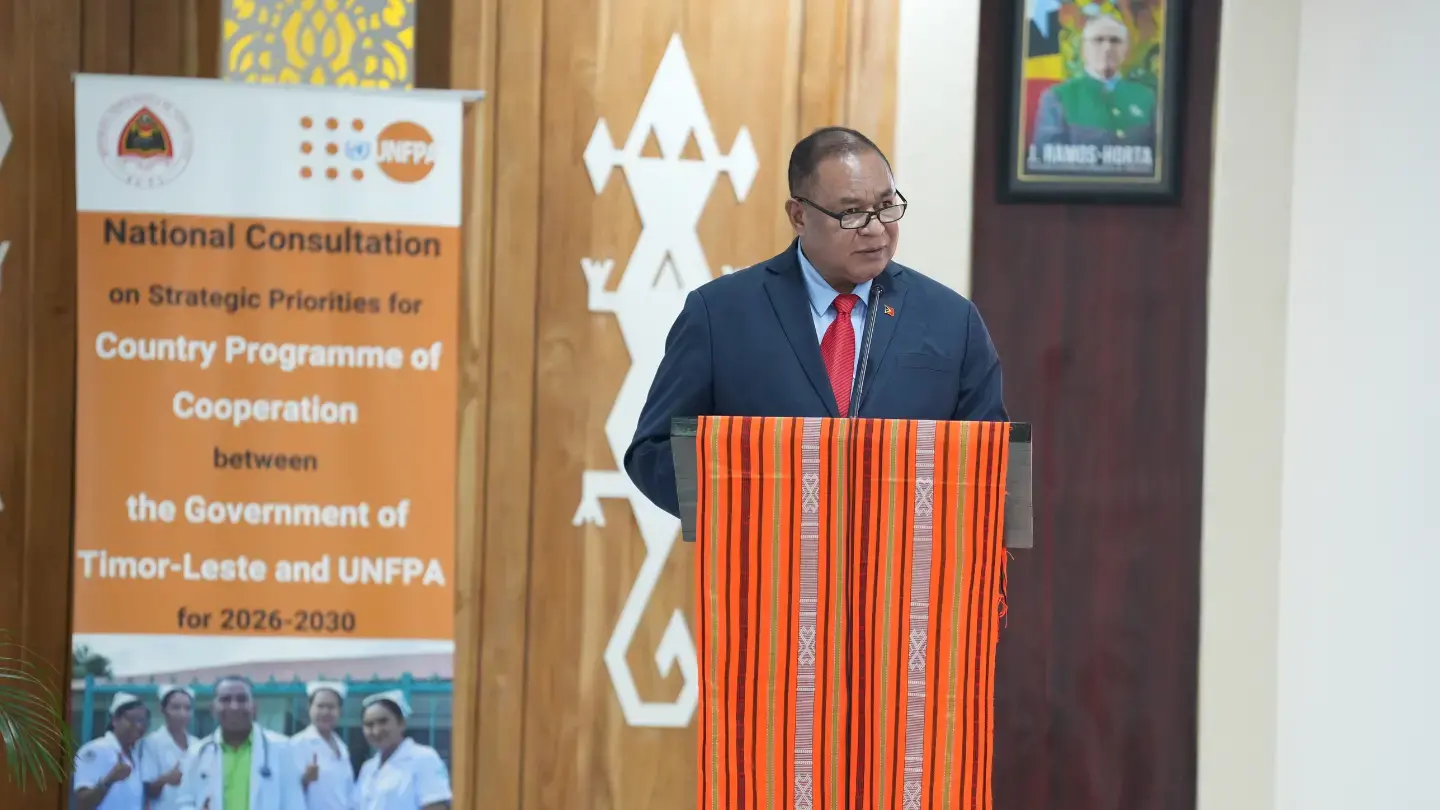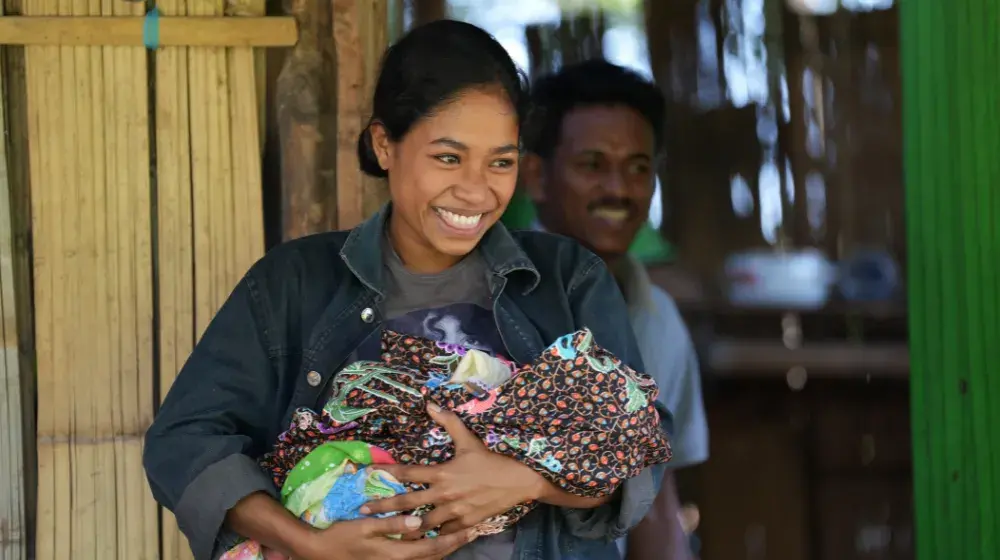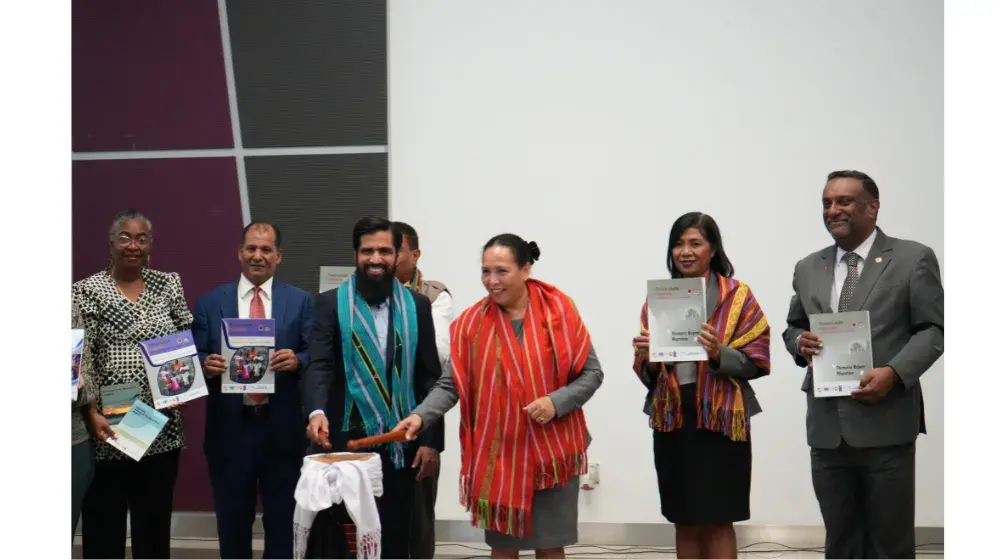'According to the United Nations, despite Timor-Leste having one of the highest birth rates in Asia, over the past decade, the decline in the birth rate in Timor-Leste has been one of the fastest in the world (United Nations, 2017).
UNFPA are supporting the Government to conduct and analyse the 2015 Census. Lets look at the data on birth rates. On average, women in Timor-Leste currently can be expected to give birth to around four babies each in their reproductive lifetime. However, only a decade ago, on average, women had almost three additional children compared to the present time.
Both the United Nations and Government data tell the same story - family sizes, though still relatively large, are decreasing very fast in Timor-Leste. But what will this mean for the future of the country? Is this a good or a bad thing?
Declining family size means that the population as a whole grows a little older year-by-year: change is taking place. The Government's population projections, supported by UNFPA and based on the 2015 Census, illustrate this fact. Over the coming decades, many more young people will enter the working age population than do so today. By the early 2030s, Timor-Leste will have a much larger group of young people in the working age population and a smaller group in the child population. At this time, there will be fewer young children to educate and more people to work in the economy. This is known as a 'youth bulge' and this provides the opportunity for a 'demographic dividend'. UNFPA estimates that this opportunity for a demographic dividend will last for approximately three decades, at which point the population begins to become older.
The demographic dividend can only be achieved if the Government can ensure that young people are healthy, educated and have the opportunities to work productively. On the other hand, having a surplus of young people of working age can be a bad thing for Timor-Leste if these young people are not healthy, well educated and have good job opportunities. Over the coming years, UNFPA will work closely with the Government to ensure that the right guidance and information is available at the right time to plan effectively for the inevitable population change that the future holds, so that young people in Timor-Leste have the best chances to prosper, and the country can take advantage of the demographic dividend and the developmental opportunities that this offers.'
References
General Directorate of Statistics (GDS). (2017).
United Nations. (2017). World Population Prospects, 2017 Revision. UNDESA, New York. https://esa.un.org/unpd/wpp/




